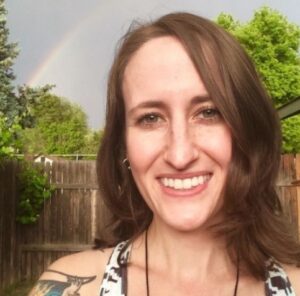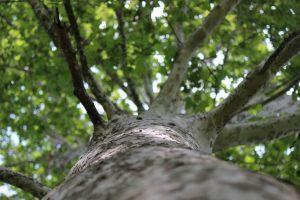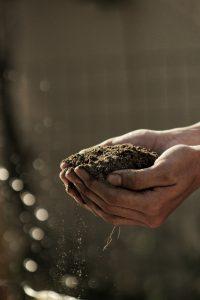Trees in the forest can live for hundreds of years, but did you know that many urban trees only last a few decades? Urban trees, like humans living in urban areas, face a unique variety of stressors that can take a toll on their health.
Believe it or not, insects and diseases are not the leading cause of death in urban trees. Most of the stressors urban tress eventually succumb to are often manufactured. Over and under watering, exposure to pollutants, and improper planting practices are just a few of the issues, and it’s usually a combination of these that eventually take their toll.
Trees don’t talk, or do they?
Prevention is vital when caring for trees, which is why it’s important to know what your tree needs and when something might be wrong. Regularly taking the time to assess for potential stressors in your tress is of the utmost importance. Common signs of stress in a tree are: canopy dieback, early leaf drop, early fall colors, leaning, leaf scorch, spotted leaves, cracks or splits, brown or wilting leaves, co-dominant trunks, or mushrooms at the base of the tree.
Canopy Dieback: one of the firsts signs that your tree is under stress is sparse foliage and dead branches.
Early Leaf Drop: if a tree loses its leaves at the wrong time of the year, it’s a sign that it is under stress. Trees do this to conserve resources, as a way to manage stress, and often caused by disease, extreme heat, too much or too little water.
Early fall colors: if it’s July and your tree is rocking autumn colors, this is a cry for help. Soil issues, pests, and nutrient deficiencies are usually to blame.
Leaning: some leaning overtime is no big deal; however, if you notice your tree suddenly leaning, say, after a storm, contact an arborist; this tree may require removal.
Leaf Scorch– crispy brown edges on leaves can happen in intense heat. Proper water and care throughout the year can prevent this.
Spotted Leaves: tree fungus can stress out your trees, and it typically appears as brown or spotted leaves.
Cracks or Splits: small cracks in a tree can heal independently; however, larger cracks can indicate decay.
Brown or Wilting Leaves– this is a stress signal newly transplanted trees can show, indicating shock. Most of the time, adequate water and mulch will fix this problem.
Co-Dominant Trunks– two are not better than one. If the two tree trunks converge into a “V” shape, this could signify stress.
Mushrooms around the tree: mushrooms usually grow on rotting wood. So if you spot some fungi at the base of a tree, it’s usually a sign of decay.
If you have noticed any of these signs of distress in trees, contact us at Boise Tree. Our arborists will diagnose the underlying issue and develop a treatment plan to nurture it back to health.





